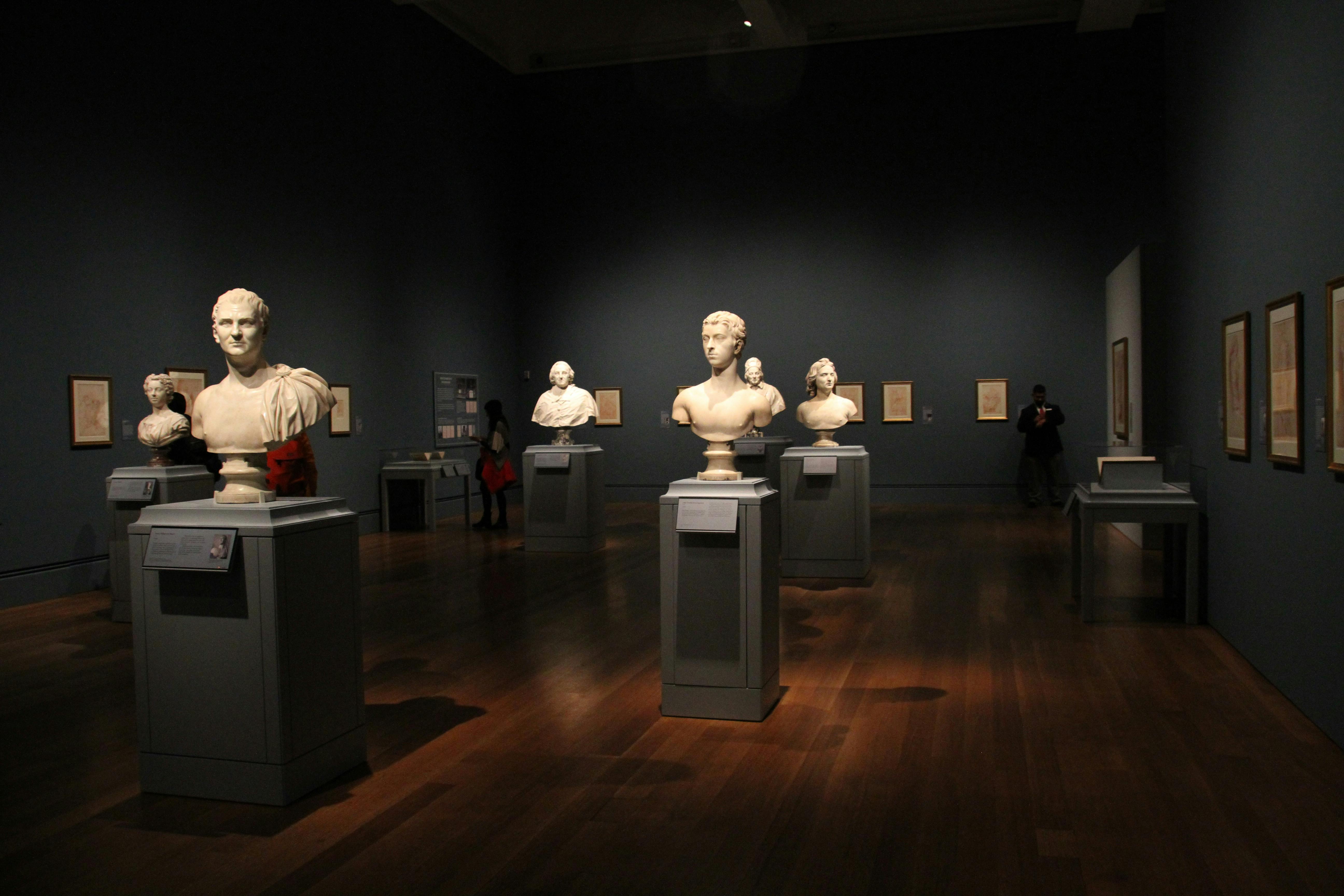Artful Journey: The Rising Trend of Art Tourism
Art tourism isn't a new concept but it's definitely a trend that has been growing steadily in popularity over the last decade. Delving into this unique and enriching style of travel, we'll explore its roots, current trends, and the potential impact it has on travelers today.

Historical Context and Key Developments
The intertwining of art and travel dates back to the Grand Tour era of the 17th and 18th centuries, when European aristocrats embarked on long trips to visit cultural landmarks, including art museums and galleries. This tradition laid the foundation for modern art tourism, a travel style centered around experiencing and appreciating art in its many forms.
In recent years, art tourism has evolved beyond simple museum visits. Today’s art tourist seeks immersive art experiences, from exploring street art and attending art festivals to participating in art workshops in local communities.
Current Trends and Insights
Art tourism is now part of the mainstream travel market, with a growing number of travelers choosing destinations based on their art offerings. Cities like Paris, New York, and Tokyo are well-known art hubs, but smaller cities and towns worldwide are also gaining recognition for their local art scenes.
One significant trend is the rise of street art tourism. Urban areas worldwide are transforming into open-air galleries, with local and international artists creating impressive murals that reflect the culture and spirit of the community. Street art tours have become popular, allowing tourists to discover a city’s character through its art.
Art festivals and biennales are also significant drivers of art tourism. These events attract global attention, drawing in art enthusiasts from around the world. They provide an opportunity to engage with contemporary art and often include workshops and talks, providing a more in-depth understanding of the art on display.
Advantages, Challenges, and Impact
Art tourism offers numerous benefits to travelers. It provides an immersive cultural experience, allowing tourists to engage with local communities and understand their history and identity through their art. It can also be a source of inspiration, sparking creativity and a deeper appreciation for different art forms.
However, there are also challenges. As art tourism grows, destinations must manage the influx of tourists to protect their cultural heritage and ensure the sustainability of their art scene.
Despite these challenges, the impact of art tourism is largely positive. It promotes cultural exchange, supports local artists, and contributes to the economy. It also encourages the preservation of art and culture, ensuring it can be appreciated by future generations.
Practical Tips and Facts
- Research the local art scene before your trip. Look for local art events, exhibitions, and street art tours.
- Be respectful. Remember that some artworks, especially street art, may have deep cultural significance.
- Participate in local art workshops. This not only supports local artists but also provides a unique cultural experience.
- Visit during an art festival or biennale. These events provide an opportunity to see a wide range of artworks and engage more deeply with the local art scene.
In conclusion, art tourism offers a unique travel experience that combines culture, history, and inspiration. As this trend continues to grow, it presents an opportunity to engage with art in new and exciting ways, enriching our travel experiences and deepening our understanding of the world’s diverse cultures.




